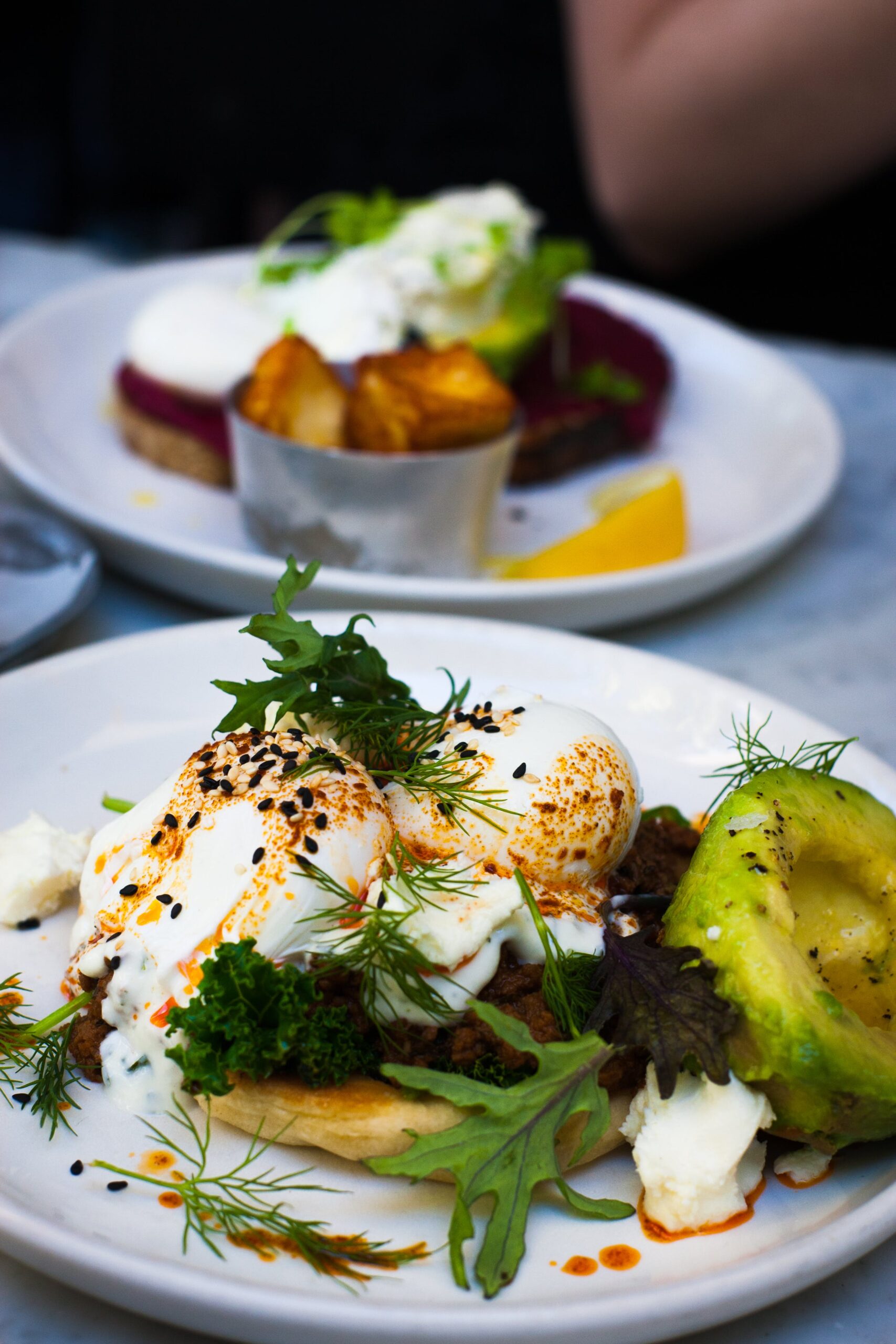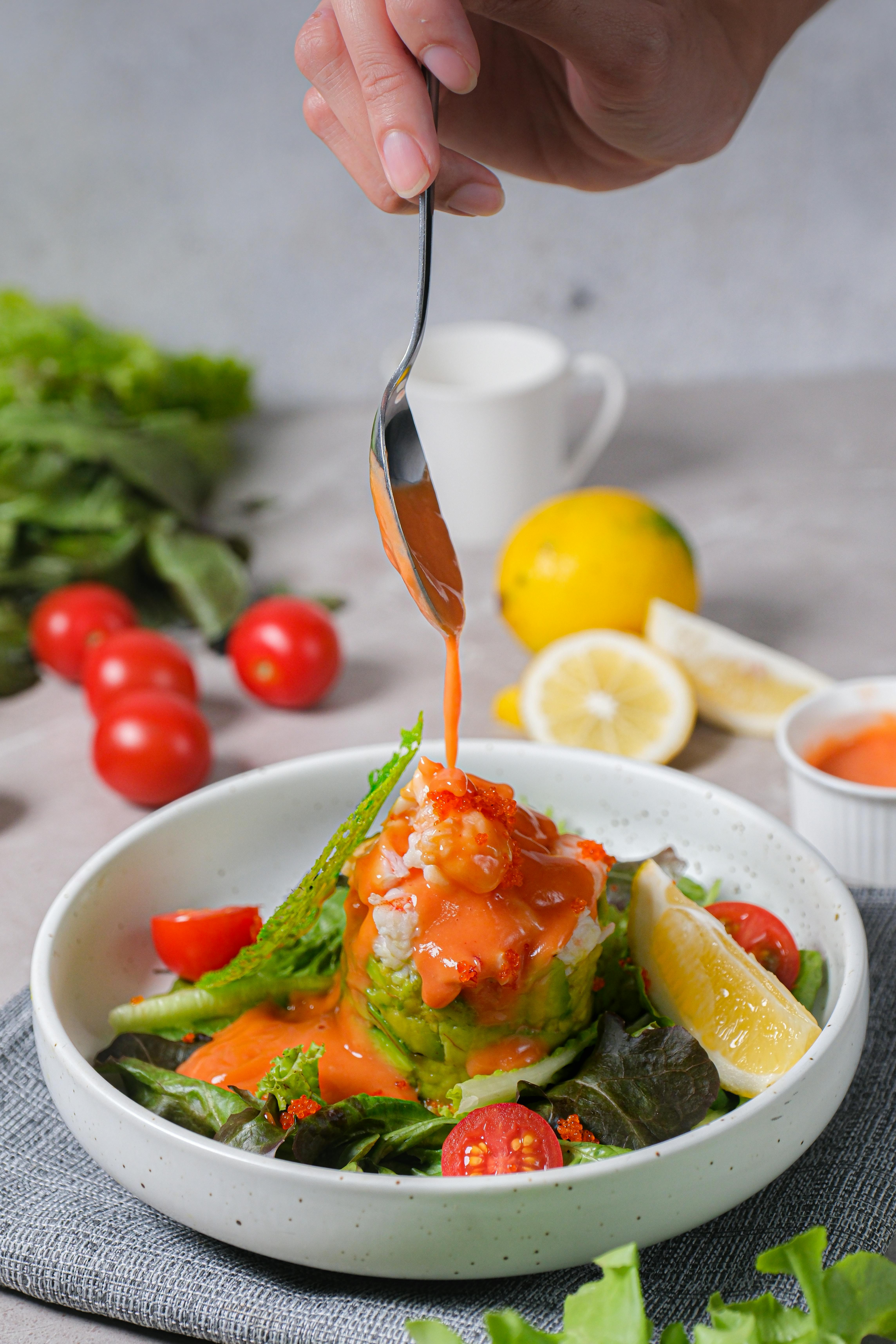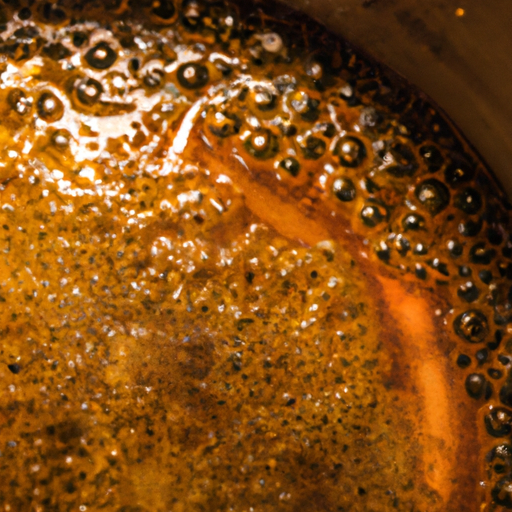Discover the secret behind creating rich and flavorful sauces with the science of deglazing. Tastepan’s expert cooking tips and techniques will guide you through the process, helping you unlock the potential of your culinary creations. Whether you’re a seasoned chef or a novice in the kitchen, our comprehensive guides and videos will teach you how to elevate your cooking skills and impress your guests with mouthwatering sauces that will leave them craving for more.

What is deglazing?
Definition
Deglazing is a cooking technique that involves adding a liquid to a pan in order to remove the browned bits of food that are stuck to the bottom, known as fond. These browned bits are packed with flavor and can be used to create delicious sauces and gravies.
Purpose
The purpose of deglazing is to extract and incorporate the rich flavors from the fond into a sauce or gravy. By loosening the fond and incorporating it into the liquid, you can create a flavorful base that enhances the taste of your dish. Deglazing not only adds depth to your food, but it also helps to release the fond from the pan, making it easier to clean.
The science behind deglazing
Chemical reactions
When food is cooked, it undergoes a series of chemical reactions. During the cooking process, amino acids and sugars react to form new compounds that contribute to the flavors we experience. When you deglaze a pan, the liquid you add helps to release these compounds from the fond, amplifying their flavors and creating a more complex taste profile.
Heat transfer
Deglazing also involves the process of heat transfer. As the liquid is added to the hot pan, it rapidly evaporates, creating steam. This steam carries the flavor compounds from the fond up into the liquid, infusing it with the rich flavors. Additionally, the heat from the pan helps to break down the fond, making it easier to extract the flavors and incorporate them into the sauce.
Maillard reaction
One of the key reactions that occurs during deglazing is the Maillard reaction. This reaction takes place when amino acids and sugars in food are exposed to high heat, resulting in the browning and caramelization of the food’s surface. By deglazing the pan, you can capture these flavorful compounds and use them to enhance your sauces and gravies.

Choosing the right pan
Material
When it comes to deglazing, it’s important to choose the right pan. The ideal pan for deglazing is one that is made of a material that conducts heat well, such as stainless steel or cast iron. These pans will ensure that the heat is evenly distributed, allowing for proper browning and caramelization of the food. Non-stick pans should be avoided for deglazing, as they can inhibit the formation of fond.
Size
The size of the pan is also important when deglazing. A pan that is too large may result in the liquid evaporating too quickly, while a pan that is too small may cause overcrowding and prevent proper browning. It’s best to choose a pan that is just large enough to hold the ingredients without overcrowding, allowing for the formation of a flavorful fond.
Deglazing techniques
Step-by-step process
The process of deglazing can be broken down into several simple steps. First, cook your food in the pan, allowing it to brown and develop fond. Once the food is cooked, remove it from the pan and set it aside. Next, add your liquid of choice to the hot pan, stirring and scraping the bottom to release the fond. Allow the liquid to simmer and reduce slightly, then strain it if desired and serve as a sauce or gravy.
Different liquids to deglaze with
There are a variety of liquids that can be used for deglazing, each adding its own unique flavor to the dish. Wine, both red and white, is a popular choice for deglazing, adding depth and complexity to the sauce. Broth, such as chicken or vegetable, can also be used, providing a rich base for the sauce. Additionally, vinegar, citrus juice, or even beer can be used to deglaze, adding a tangy or citrusy twist to your dish.

Flavor enhancers for deglazing
Herbs and spices
To enhance the flavors of your deglazed sauces, adding herbs and spices is a great option. Fresh or dried herbs such as thyme, rosemary, sage, or bay leaves can be added during the deglazing process to infuse the sauce with their aromatic flavors. Spices such as paprika, cinnamon, or cumin can also be used to add depth and complexity to the sauce.
Aromatics
Aromatics, such as onions, garlic, and shallots, can be added to the pan before deglazing to bring additional flavor to the sauce. Sautéing these aromatics in the hot pan before adding the liquid will help to release their flavors and create a savory base for the sauce.
Common mistakes to avoid
Overcrowding the pan
One common mistake when deglazing is overcrowding the pan. If there are too many ingredients in the pan, they will release moisture and prevent the fond from forming properly. To avoid this, make sure to cook the ingredients in batches if necessary, giving them enough space in the pan to brown and develop fond.
Burning the fond
It’s important to be mindful of the heat when deglazing. If the pan gets too hot, the fond can burn, resulting in a bitter taste. Make sure to regulate the heat and keep a close eye on the pan to prevent burning. If you notice the fond starting to brown too quickly, reduce the heat or remove the pan from the heat momentarily.
Using the wrong liquid
Using the wrong liquid for deglazing can also result in an undesirable taste. It’s important to choose a liquid that complements the flavors of the dish. For example, using a sweet wine in a savory dish may not result in the desired flavor profile. Experiment with different liquids to find the one that best enhances the dish you are cooking.
Pairing deglazed sauces with dishes
Meat-based dishes
Deglazed sauces are a fantastic addition to meat-based dishes. The rich flavors extracted from the fond can enhance the natural flavors of the meat and create a delicious sauce. For example, deglazing with red wine can pair beautifully with a seared steak, while deglazing with chicken broth can enhance the flavors of roasted chicken.
Vegetable-based dishes
Deglazed sauces also work well with vegetable-based dishes. Vegetables can be cooked in the pan, allowing them to brown and develop fond before being deglazed. This technique can transform simple steamed vegetables into a flavorful and satisfying side dish.
Pasta and grain dishes
Deglazed sauces can also be paired with pasta and grain dishes. By incorporating the flavors of the fond into the sauce, you can add depth and complexity to your pasta or grain dish. Whether it’s a creamy deglazed sauce over pasta or a flavorful grain pilaf, deglazing can take these dishes to the next level.
Tips for achieving optimal deglazing results
Proper heat control
Maintaining proper heat control is crucial for successful deglazing. The pan should be hot enough to create fond and release its flavors, but not too hot that it burns. It’s important to regulate the heat throughout the deglazing process and adjust it as needed to prevent burning or boiling the liquid too rapidly.
Scraping the pan
To extract the maximum amount of flavor from the fond, it’s important to thoroughly scrape the bottom of the pan while deglazing. A sturdy wooden spoon or spatula can be used to gently scrape the browned bits from the pan, incorporating them into the liquid and infusing it with rich flavors.
Balancing flavors
When deglazing, it’s important to taste and adjust the flavors of the sauce as needed. The deglazing liquid may need some seasoning, such as salt, pepper, or additional herbs and spices, to balance the flavors. Adjusting the flavors at this stage will ensure that the final sauce is delicious and well-balanced.
Alternative ingredients for deglazing
Vegetable broths
For vegetarian or vegan dishes, vegetable broths can be used as an alternative to meat-based broths or wine. Vegetable broths can provide a rich and flavorful base for the sauce, without the need for animal products.
Fruit juices
Fruit juices, such as apple or orange juice, can add a unique twist to deglazed sauces. These juices can provide a subtle sweetness and acidity, adding a refreshing element to the dish.
Vinegar
Vinegar is another versatile ingredient for deglazing. Whether it’s white wine vinegar, balsamic vinegar, or cider vinegar, adding a splash of vinegar can brighten the flavors of the sauce and add a tangy kick.
Diverse culinary uses of deglazing
Making gravy
Deglazing is a key step in making delicious gravies. The browned bits from roasted meats can be deglazed with broth or wine, creating a flavorful base for the gravy. The resulting sauce can be poured over mashed potatoes, roasted meats, or other dishes to add a rich and savory element.
Creating pan sauces
Deglazing is an excellent technique for creating pan sauces. Once you’ve cooked your meat or vegetables in a pan, deglazing with broth, wine, or other liquids can help to create a sauce that perfectly complements the flavors of the dish. These pan sauces can be drizzled over the cooked ingredients to add moisture and flavor.
Deglazing for degustation menus
Deglazing is particularly popular in fine dining establishments and degustation menus. Degustation menus often feature multiple courses, each designed to showcase different flavors and techniques. Deglazing is frequently used to create flavorful sauces and enhance the overall dining experience.
In conclusion, deglazing is a versatile and flavorful cooking technique that can elevate your dishes to new heights. By understanding the science behind deglazing, choosing the right pan, and utilizing various techniques and ingredients, you can create delicious sauces and gravies that will impress your family and friends. So next time you’re in the kitchen, don’t forget to deglaze and unlock a world of flavors!

